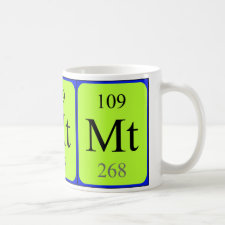
Authors: Gao Y, Tang YH, Gao LY, Niu YY, Gao RX, Chen XY, Hao Y, Wang SC
Article Title: Fabrication of acid-resistant imprinted layer on magnetic nanomaterials for selective extraction of chlorogenic acid in Honeysuckle.
Publication date: 2021
Journal: Analytica Chimica Acta
Volume: 1161
Article Number: 338475.
DOI: 10.1016/j.aca.2021.338475
Alternative URL: https://www.sciencedirect.com/science/article/pii/S0003267021003019
Abstract: The common elution process of molecularly imprinted polymers (MIPs) is carried out in an acidic medium, which greatly affects the stability and reusability of synthetic MIPs, especially for magnetic MIPs. In this study, we fabricated an acid-resistant imprinted layer formed by phase-transitioned lysozyme on magnetic nanomaterials for selective extraction of chlorogenic acid in Honeysuckle, which often coexists with structural analogs. The newly designed acid-resistant imprinted layer can not only protect the internal magnetic core from denudation and dissolution, but also maintain the integrity of the imprinted layer during the elution process. The resultant magnetic MIPs exhibited good stability with no change on morphology after the repeatedly eluting process, and satisfactory reusability that can be used at least ten adsorption-desorption cycles with almost no decrease for adsorption capacity. In addition, the resultant materials possess satisfactory magnetism, uniform morphology with typical core-shell structure, stable crystallization, and good adsorption performance showing on high adsorption amount (10.82 mg g-1), fast kinetic equilibrium time (as short as 30 min), and satisfactory selectivity (IF = 2.85, SC > 1.5). At last, the obtained magnetic MIPs as adsorbents coupled with HPLC were successfully used to selective extract CGA in Honeysuckle samples with the high recoveries in the range of 92.0-104.4%, and the contents of CGA in Honeysuckle samples from the different origin are calculated in the range of 0.98%-1.24%
Template and target information: chlorogenic acid
Author keywords: Acid resistance, surface imprinting, chlorogenic acid, Phase-transitioned lysozyme, Fe3O4-Cu NPs



Join the Society for Molecular Imprinting

New items RSS feed
Sign-up for e-mail updates:
Choose between receiving an occasional newsletter or more frequent e-mail alerts.
Click here to go to the sign-up page.
Is your name elemental or peptidic? Enter your name and find out by clicking either of the buttons below!
Other products you may like:
 MIPdatabase
MIPdatabase









